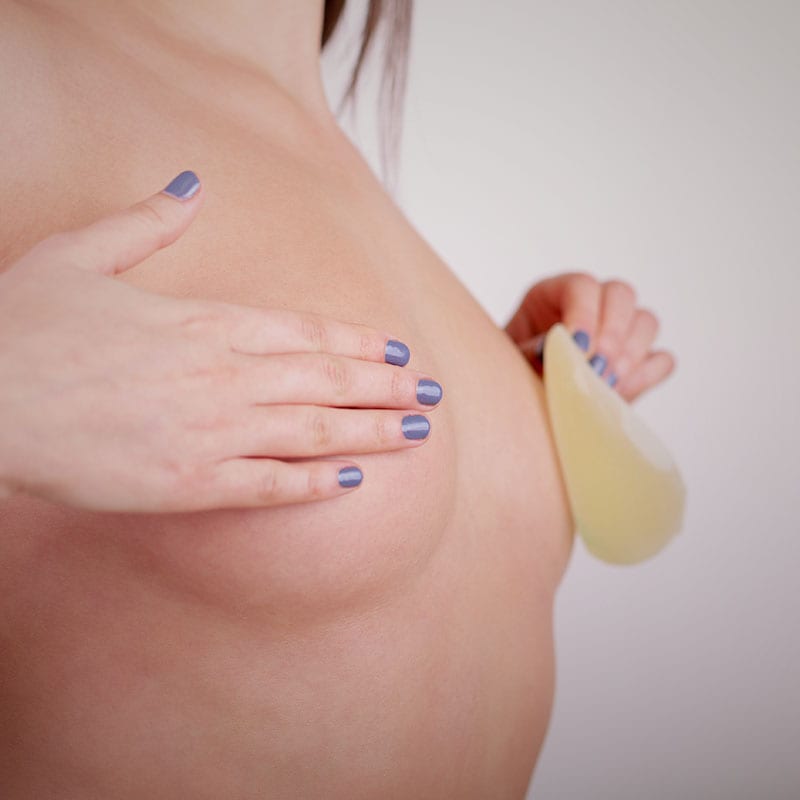Breast Augmentation
Breast augmentation, also known as augmentation mammoplasty is a surgical procedure designed to enhance the size and shape of the breasts by inserting implants.
There are different types of implants available. All implants are made of an outer silicone shell filled in with either normal saline (salt water) or silicone gel. Modern silicone gel is cohesive rather than liquid, so that the gel does not leak diffusely into the tissues even if the implant ruptures. The gold standard for breast implants remains silicone as these implants provide a better shape.
Breast implants are either round on anatomical (tear-drop) shaped and can be placed either under the breast gland (sublandular) or under the chest muscle (submuscular). The choice of implant shape and size and the plane of placement depend on many factors and will be discussed during the pre-operative consultation with the surgeon.
The procedure can be done under general anesthesia or under sedation combined with local anaesthetic and analgesia. The standard incision for implant insertion is placed in the skin crease beneath the breast. Drain tubes are not routinely inserted but are occasionally required to drain any excess fluid post-operatively. If inserted, the drain is usually removed the following day.
At the end of the operation dressings are applied to the sutured wound in the skin crease under the breast and surgical tape is applied on the breasts.
As with any surgery, breast augmentation involves some risks and potential complications. These are: bleeding, if it occurs will usually become apparent in the first 24 to 48 hours post-operatively and requires return to theatre for the blood clots to be washed out; infection, which may require removal of the implant; asymmetry, as many women have a certain degree of pre-existing breast asymmetry that may not be corrected by the implants; rupture; development of thick scar tissue (capsule) around the implant in the future which may tighthen up (capsular contracture) and cause distortion of the shape and appearance of the breast and discomfort. Capsular contracture can happen a few months after surgery or many years after the implants were inserted. In cases of severe capsular contracture surgery is recommended to remove the thick scar (capsulectomy) and replace the implant with a new one.
Fertility, breast feeding and detection of breast cancer are not affected by implants. Women with breast implants should continue breast self-examination and have routine screening mammograms as and when required.




